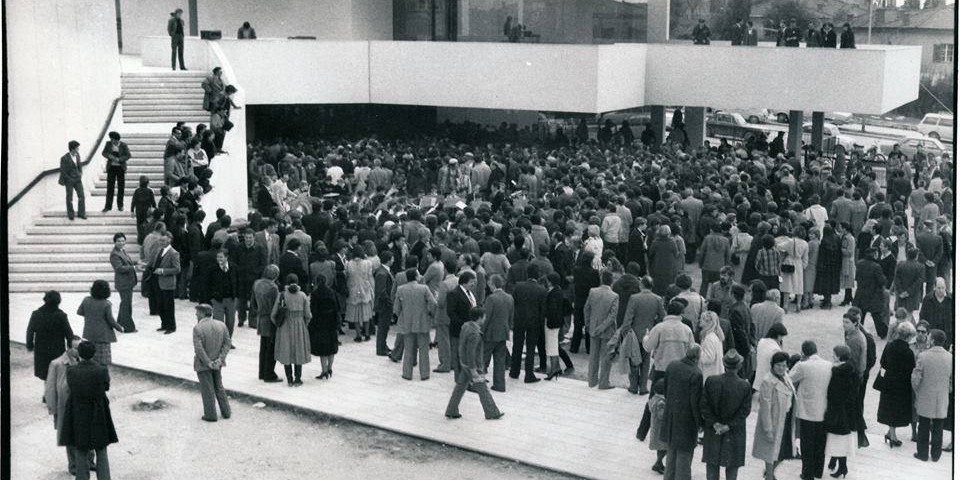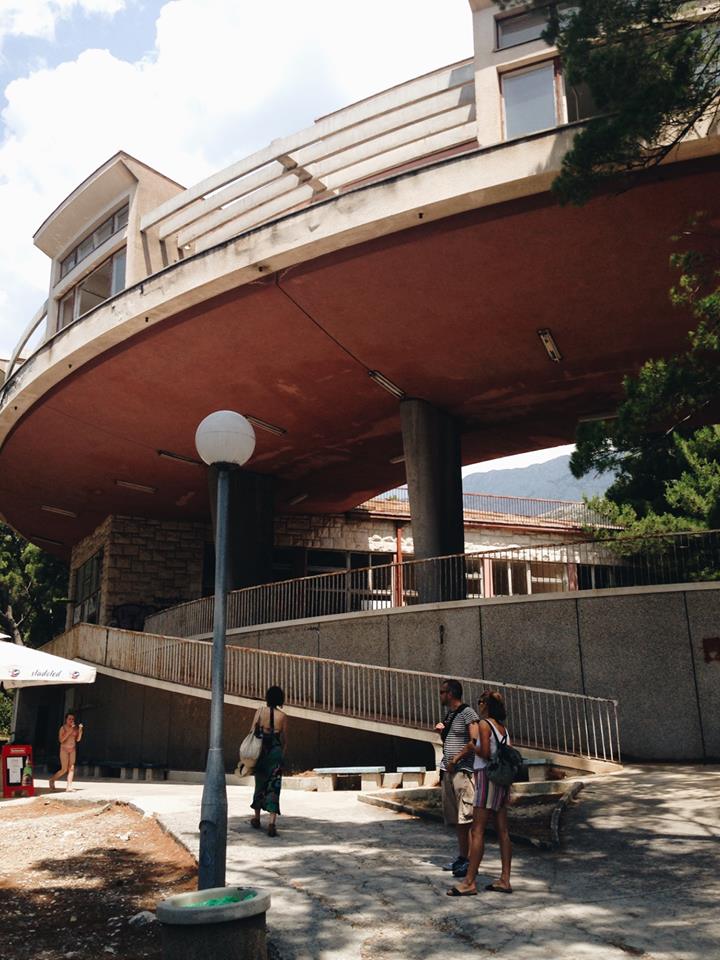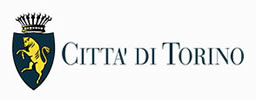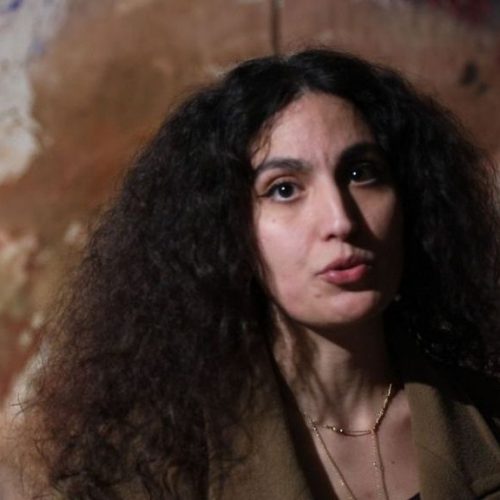
BJCEM network September highlights
5 Settembre 2016
A Natural Oasis? | Report of step 2 and 3 in Kosovo and Montenegro
13 Settembre 2016MOTEL TROGIR ‘The East is west of the West’: an interview to Ms. Nataša Bodrožić

Opening of the KOTEKS Sports and Shopping Center, Split 1981 (Photo: Mario Javorčić)
The project MOTEL TROGIR ‘The East is west of the West’ is starting in Split on September 11.
We have inteviewed the curator Ms. Nataša Bodrožić from BJCEM member slobodne veze/ loose associations in order to know how the project will be developed and what will be the main topics of the short residency that involves the selected artists:
Katerina Duda (Croatia)
Pavel Khailo (Ukraine)
Marko Salapura (Serbia)
Katharina Swoboda (Austria)
Nikolas Ventourakis (Greece)

Krvavica Children Health Resort (architect Rikard Marasović, 1960-1962) Photo by slobodne veze/loose associations (2016)
The call for the project MOTEL TROGIR ‘The East is west of the West’ ended on July 24. Are you satisfied by the quality level of the received applications? What impressed you in particular and which elements led your choices?
We are quite satisfied with the response; we received around 50 applications from 25 countries in relatively short period, in the middle of the summer. Even after the deadline we have been receiving “late applications” from different parts of Europe, which we couldn’t take into consideration for this call, unfortunately, but we will stay open for new collaborations in the future. We are truly happy that the topic of the urgency of (re)evaluation & preservation of the decaying masterpieces of the mid-20th century architectural modernism (in the post- Socialist realm and beyond) found its way to broader public, and to the younger generations of artists and architects, in particular. We received quite good and informed proposals by artists and architects who were dealing with similar issues in their own context. On the other hand, artistic competitions are always a bit problematic, it is never easy to make choices, no one really can be sure that she/he chooses “the best”. However, the five artists (and architects) selected in our case seem to have few things in common: the level of dedication, knowledge and interest in the topic. Of course, some of them sent us quite a thought provoking proposals, as well. In short, we are excited to have them in residence soon, researching (remains of) modernist Dalmatia.
The project foresees a three-day trip to Trogir and Split in September 2016 which includes study visits and a workshop. What are your expectations? Which are the main places that will be visited and why are they important to stimulate the artistic reflections?
We conceived this short but intense program focusing on two mid Dalmatian historical towns – Trogir and the significantly bigger city of Split and their modern development – from the end of WW2 till the beginning of 1990s (till the fall and war in Yugoslavia). We are going to visit several neighbourhoods, buildings and memorials which we consider important for examination or at least tackling our ambitious (sub)topic: how the (hi)story appears?
There is a quote by Walter Benjamin going like this: “To articulate what is past does not mean to recognize “how it really was.” It means to take control of a memory, as it flashes in a moment of danger.” Our proposal for this year collaboration with the Biennale of Young Artists was to deal with construction of the (historical) narratives focusing on modernist architecture on the Eastern Adriatic coast. The political shift in the beginning of 1990s, when state socialism (i.e. Yugoslav version of workers self- management) was replaced by market economy, brought along “ruptures” in the interpretations of the (social) past. We have been witnessing since, that the history has been in its (re)making. New historical narratives have been emerging, slowly being institutionalized, very often erasing traces of emancipatory movements and battles for social justice, equality, workers’ rights, common (societal) ownership. If architecture is “the will of an epoch translated into space”, as said by Mies van der Rohe, then we propose to look into the modernist built environment from the previous, socialist period in its entirety, asking questions: how was it made, how was it shaping the social reality, what kind of life did it frame or provide, whom was it built for and why? During our study visit, we will specially focus on tourist architecture from the period, which was often conceived as an extension of towns, creating new public infrastructure and spaces of common use.
2018 has been proposed to be appointed as European Year for Cultural Heritage. Considering that cultural heritage is one of the main topics of the project, what is in your opinion its role in the European and Mediterranean actual scenario?
As explained in the previous answer, we are interested in “modernist heritage” in its contemporaneity. But we are also interested in processes of “creating/defining heritage”: what becomes cultural heritage, who decides which story to tell and which to erase, whom does it serve to, which values are those shaping it… Since some time, Europe is in light fever. The idea of Europe has been challenged by the sequel of recent events, from Grexit attempt to Brexit reality, but above all by refugee crisis, which has been challenging the very concept of borders and the nation-state. In these new circumstances of growing inequalities, we should maybe ask ourselves what is our heritage, which “story of the past” should we embrace (as we know there is certainly more than one option) and how to tell it today. Coming back to your question, instead of European Year of Cultural heritage, the 2018 should maybe be appointed as European Year of deep self-reflection.

